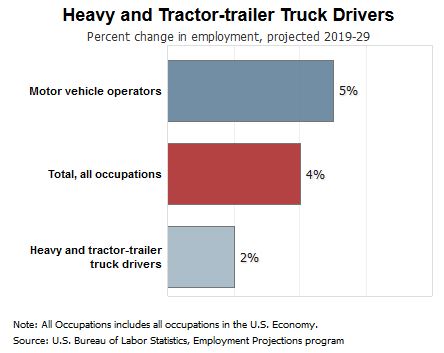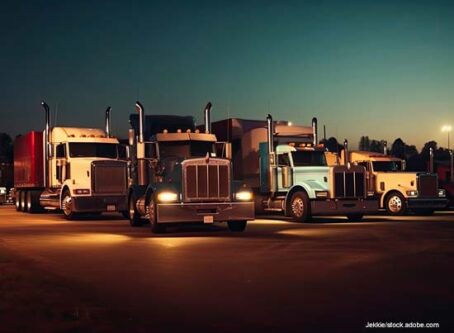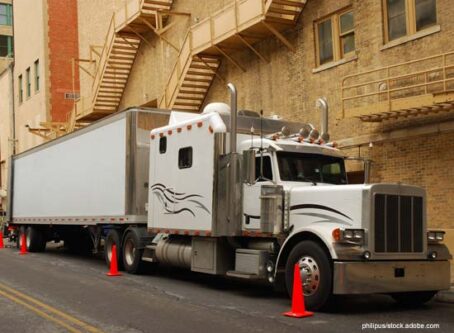Employment growth in trucking expected to slow down
The long-term employment outlook for truckers is looking worse than it did last year, according to the Bureau of Labor Statistics’ latest employment projections.
On Tuesday, Sept. 1, the U.S. Department of Labor released its employment projections for 2019-29. According to the data, the percent change in employment for heavy and tractor-trailer truck drivers is a 2% increase. However, last year’s report estimated a 5% increase between 2018 and 2028.
The three percentage-point drop for trucking employment is larger than the downgrade across the board. Accounting for all occupations, the federal government anticipates a 4% increase in employment by 2029, down from 5% in last year’s 10-year outlook.
Last year’s employment growth rate for truckers was considered as fast as average. However, the latest numbers reveal a slower than average rate.
Despite the lower rate, the outlook does indicate job growth, albeit at a slower pace than last year’s analysis. In the outlook last year, the federal government reported trucking employment for 2018 at 1.96 million jobs with an additional 99,700 jobs by 2028 totaling to 2.59 million jobs. In 2019, trucking employment was at 2.03 million jobs with an increase of only 30,600 expected by 2029.
Compared to last year, the median pay for truckers is up. According to the Department of Labor, median pay in 2019 was $45,260 a year or $21.76 per hour. Employment numbers for 2018 revealed an annual pay of $43,680 and an hourly rate of $21.
“Job prospects are projected to be very good for heavy and tractor-trailer truck drivers with the proper training and a clean driving record,” the Department of Labor reported. “Because of truck drivers’ difficult lifestyle and time spent away from home, many companies have trouble finding and retaining qualified long-haul drivers. In addition, many truck drivers are expected to retire in the coming years, creating even more job opportunities.”

Accounting for all occupations, employment is expected to grow by 6 million jobs from 2019 to 2029. The annual growth rate of 0.4% is slower when compared with the previous decade. From 2009 to 2019, there was an annual growth rate of 1.3%. However, recovery from the 2007-09 recession was a significant factor with that growth.
It is worth nothing that the recent projections do not include the effects of the COVID-19 pandemic.
Considering the current unemployment situation, next year’s projections could be similar to those seen in the 2009-19 numbers.
As a percentage change, the occupation expected to experience the largest employment growth is wind turbine service technicians with a 61% increase or more than 4,000 additional jobs. By number of jobs, home health and personal care aides is projected to experience the largest growth with more than 1.1 million additional jobs by 2029, a 34% increase. Of the 10 fastest-growing occupations, six are related to healthcare and social assistance.
Five sectors are expected to experience a decrease in jobs over the next decade: Information (minus 0.2%), wholesale trade (minus 1.7%), retail trade (minus 2.4%), manufacturing (minus 3.5%) and utilities (minus 7.7%).
The manufacturing sector is projected to lose 444,800 jobs, the most of any sector. Manufacturing contains 12 of the 20 industries projected to have the most rapid employment declines. Adoption of new productivity-enhancing technologies, such as robotics and international competition, are likely factors. E-commerce will reduce retail trade jobs by more than 368,000 over the next 10 years.









